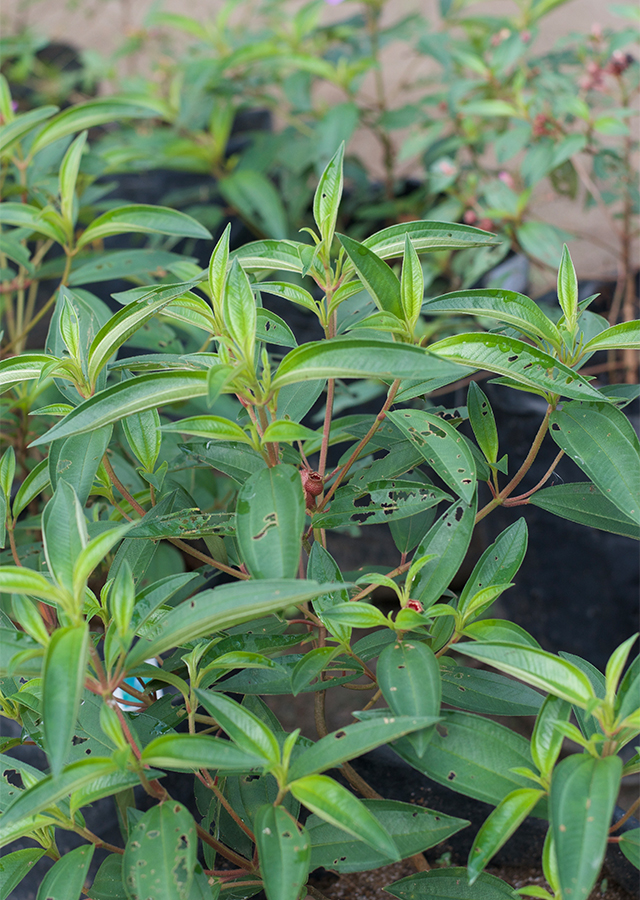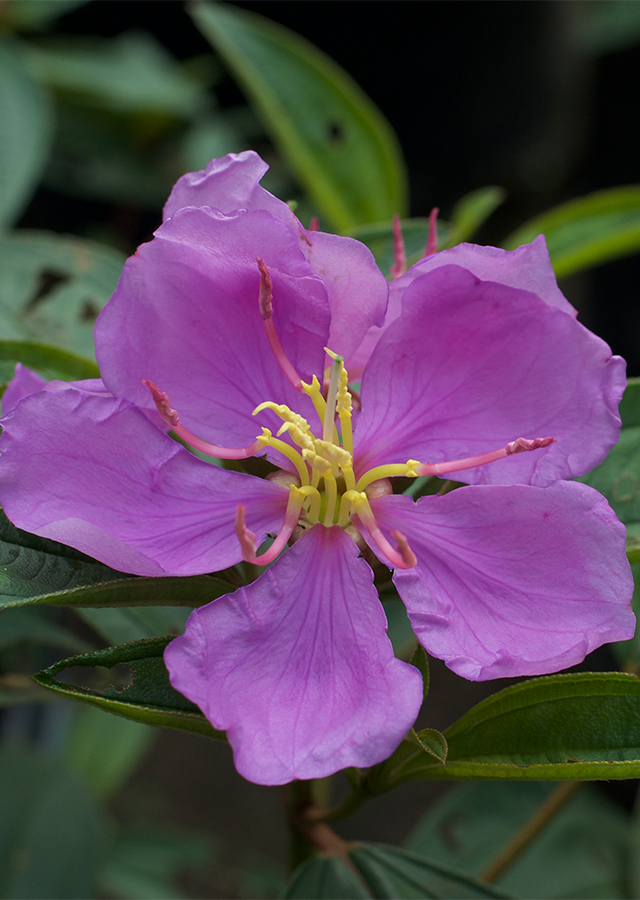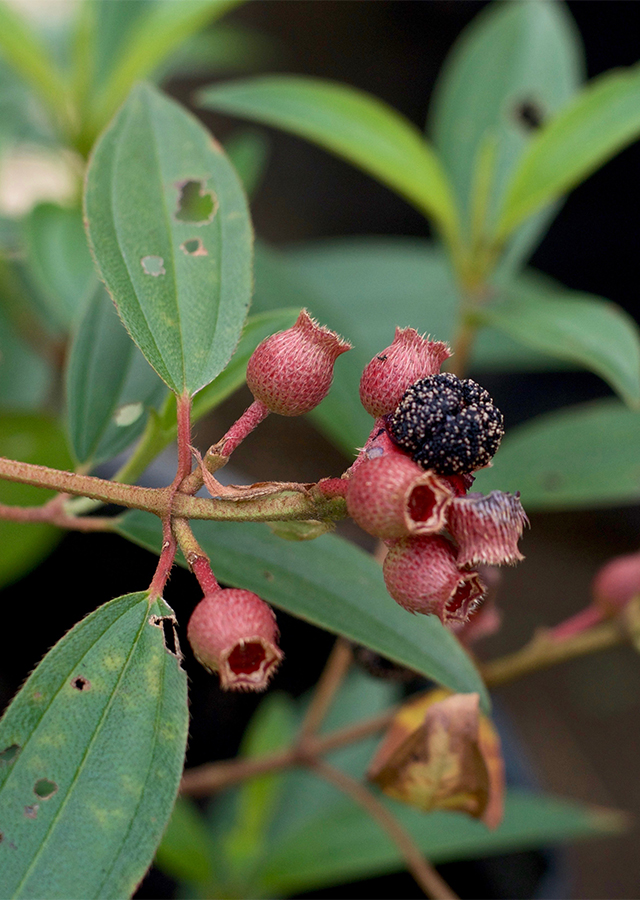Traditional Herbs from Melastoma malabathricum
whiteness
- Wash 2 handfuls of fresh senggani leaves, 1 thumb of ginger, and 1 thumb of bangle.
- Boil all the ingredients in 3 glasses of water and 1 tablespoon of vinegar until boiling and the remaining 2 glasses of water, cool and strain.
- Drink 2 times a day, 1 glass each
meneutralkan_racun_singkong
- Boil 60 g of senggani roots or leaves with 3 glasses of water until 1 glass of water.
- Cool then strain, drink at once.\u00a0
What is Melastoma malabathricum Looks like??



Parts of Melastoma malabathricum that could be used
- Leaves", "Seeds", "Bark", "Flowers", "Fruit", "Roots", "Young Leaf Shoots
Melastoma malabathricum Distribution
Senggani is a medicinal plant native to Indonesia and China. This plant is believed to be a herbal medicine by the people of China, India and Indonesia. The people of West Kalimantan and Central Sulawesi use these leaves as a medicine to reduce fever. Apart from that, the leaves are used in cooking to remove the bitter taste of vegetables (papaya flowers).Agroecology of Melastoma malabathricum
Senggani can be found in tropical and subtropical climates, from the lowlands to an altitude of 1,650 m above sea level. Grows wild on forest edges, disturbed land, bushes, mountain slopes. Likes sufficient sunlight and low soil pH conditions (acid).
Morphology of Melastoma malabathricum
- Reddish stems covered with hairy scales and small hairs.
- Leaves thick, stiff, green to yellowish green in color.
- Reddish purple flowers, bunches and peduncles brownish green.
- Shaped berries round capsule, when it is ripe it will open and be divided into several segments (parts), dark reddish purple in color.
- Small seeds, in the form of brown spots.
Cultivation of Melastoma malabathricum
- Propagation using seeds.
- Fast growth, within 3 months usually can produce flowers.
Melastoma malabathricum, more details :
Chemical Content of Melastoma malabathricumFlavonoids, tannins, saponins, castalagin compounds, procyanidin B-2, helichrysoside, ellagic acid, anthocyanin, melastomic acid, sterols, ursolic acid, p-hydroxybenzoic acid, gallic acid.
Benefits of Melastoma malabathricum
Relieves pain, reduces fever, stops bleeding, improves blood flow, overcomes swelling, vaginal discharge, acts as a urine laxative, antiseptic, diarrhea, canker sores, neutralizes cassava poison.
Simplisia of Melastoma malabathricum
- Collect the senggani leaves. Clean them of any dirt stuck to the leaves.
- Dry the leaves in the sun \u00b1 5-7 days with a mat.
- Grind them until they become powder.
- Pack the simplicia in vacuum plastic then store .
Another Facts for Melastoma malabathricum :
Synonym of Melastoma malabathricumMelastoma malabathricum� var.� polyanthum� Benth., Melastoma� polyanthum Blume
Habitus of Melastoma malabathricum
Bush. Annual shrub, reaching 1-5 m high.
Habitat of Melastoma malabathricum
- Forest
- Mountains
- Bushland
- Grassland
No comments:
Post a Comment